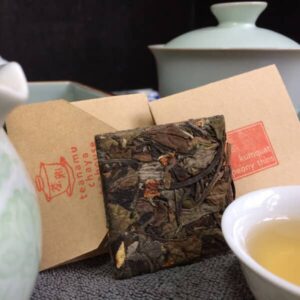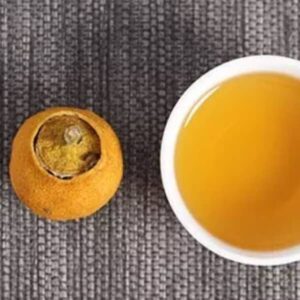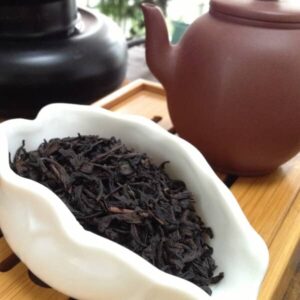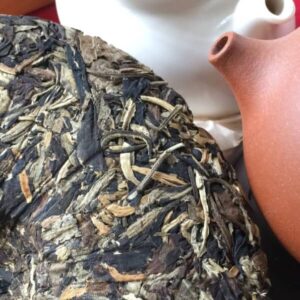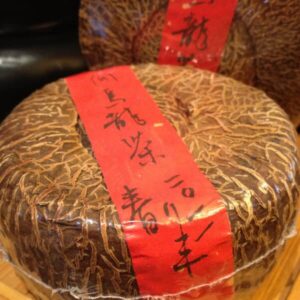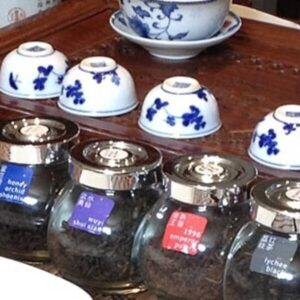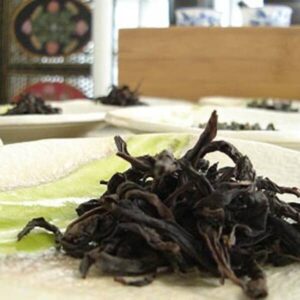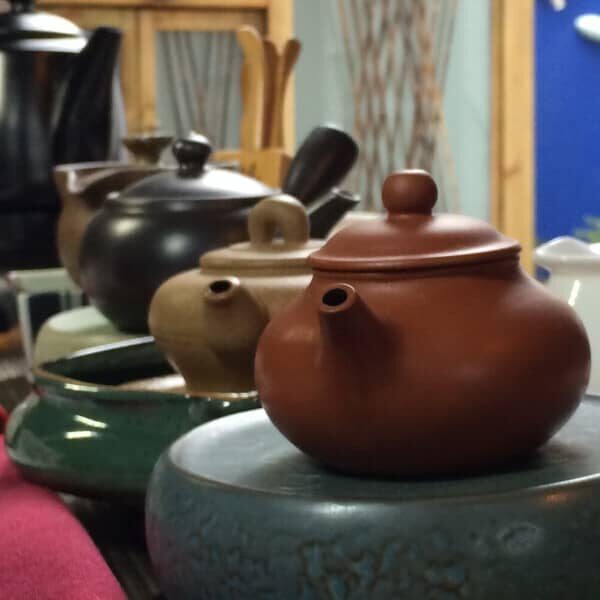Like Wise Old Zen Monks
Rare & Vintage Teas
Crafted by artisanal hands, available only in small quantities, these are teas we have come upon by chance, that we have received as precious gifts from kind tea masters or that we have made long journeys to track down.
Over the years, we have acquired rare, unusual and vintage teas from the Pu Erh tea, Whites tea and Oolong tea categories. They’re all teas that we love and are special to our hearts. We feel really fortunate to be able to share them with you.
OUR RARE & VINTAGE TEAS
Pu Erh tea is the crème de la crème of the tea world. Like vintage wines, they are highly prized for their complexity of flavours and the art of vintaging them. There are two types of Pu Erh teas.
The ripened Pu Erhs are earthly and more masculine; think of a gentlemen’s club with seasoned leather armchairs, cigars and log fires. The green Pu Erhs, depending on the age, can be young and frisky but mellow enough like a lady blossoming into age.
OUR PU ERH RED TEAS
Take part in the beautiful Chinese ‘gongfu cha’ tea ceremony while we shares with you our love of tea. You’ll discover how to appreciate the finer nuances of tea like a true connoisseur, yet in a light and relaxed setting.
You’ll be introduced to gorgeous teas with fascinating, evocative names like ‘snow buds’, ‘honey orchid phoenix’ and ‘dragon well’. The incredible range of flavours and aromas will amaze you.
~~ Whilst we patiently wait for the effective control of COVID-19 pandemic, our popular tea masterclasses are held online via our “Teas in the Clouds - Brew-along Masterclass”. ~~
OUR TEA MASTERCLASSES
Oxygen. Wonderful stuff.
But it also oxidises things: think iron rusting or copper coins going that weird green colour and the cut side of apple turning brown. Fresh tea leaves, like apples and other plants, have an enzyme called polyphenol oxidase. It is capable of oxidizing polyphenols which are very important molecules for protection against infections to giving them their pigments.
Polyphenol oxydase and the polyphenols themselves are stored in the plant’s cells, but when the cells are damaged, say by slicing an apple or dropping and bruising it, the cells are ruptured and the enzyme comes into contact with air. With the help of oxygen in the air, the polyphenol oxidase initiates a series of chemical reactions, transforming the polyphenols and eventually producing melanins (brown pigments).
The general name for this process is “enzymatic browning,” and the fabulous thing (for tea at least) is that it doesn’t just change the appearance of produce: it also alters flavour, scent, and nutritional value.
LET’S GO PICK SOME TEAS



